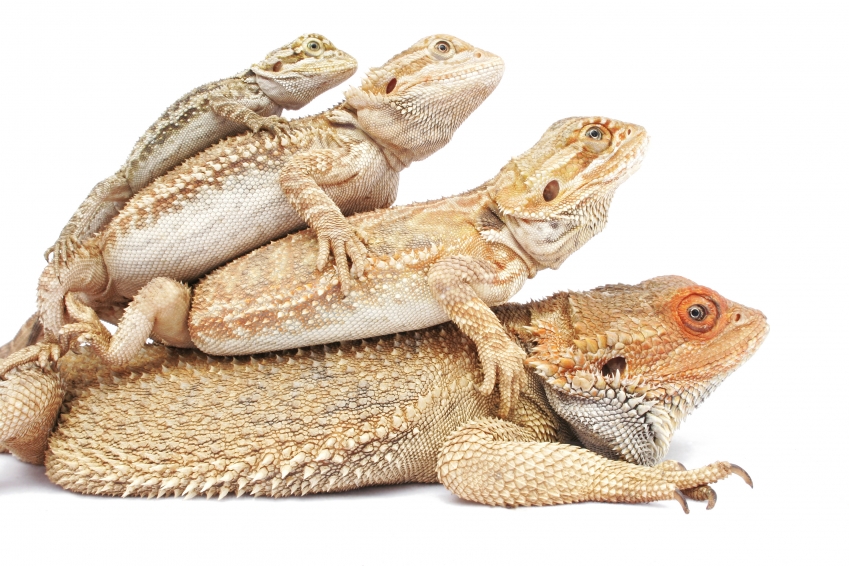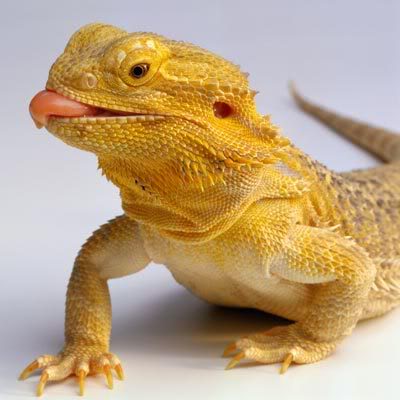Is Your Bearded Dragon Safe with Paint? The Ultimate Guide to Bearded Dragon Safe Paints
Is It Safe to Paint Near My Bearded Dragon?
If you’re a proud beardie owner, you know how important it is to keep them safe and healthy. Part of that responsibility involves keeping them away from potentially harmful substances, including paint. But what do you do if you need to spruce up your home or furniture with a fresh coat of paint?
The good news is that there are indeed paints that are safe for bearded dragons (and other pets). The bad news is that not all paints are created equal, and it can be tricky to find the right ones that won’t harm your beloved reptile.
What to Avoid When Choosing Paints for Bearded Dragons
Before we delve into the kinds of paints that are safe for bearded dragons, let’s take a closer look at the types of paints that you’ll want to avoid at all costs:
- Oil-based paints: These paints contain volatile organic compounds (VOCs) that emit fumes that can be toxic to pets and humans alike.
- Lead-based paints: These paints are not only toxic to pets but also to humans, causing neurological damage and other serious health issues.
- Old, flaky paints: If you’re renovating an old house or furniture, be sure to remove any old, flaky paints that may contain lead, asbestos, or other harmful substances.
Understanding Bearded Dragon Safe Paints
Now that you know what not to use when painting around your bearded dragon, let’s talk about what you should be looking for in bearded dragon safe paints:
The best kinds of bearded dragon safe paints are water-based and low-odor. These paints are typically labeled as non-toxic and safe for use around pets and children. They contain low levels of VOCs, making them safer to use indoors. Water-based paints also dry faster, reducing the amount of time your bearded dragon is exposed to paint fumes. Some of the most common types of bearded dragon safe paints include:
Milk Paints
Made from organic materials like clay, milk proteins, and pigments, milk paints are completely non-toxic and safe for pets and humans. They’re also eco-friendly and have a unique, matte finish that’s perfect for vintage furniture or rustic decor. Milk paints do require a bit of prep work, as they need to be mixed with water and have to be applied in thin layers. However, they’re well worth the effort if you’re looking for a safe and natural paint option for your bearded dragon’s habitat.
Latex Paints
One of the most popular types of bearded dragon safe paints, latex paints are water-based and low-odor. They dry quickly, are easy to clean up, and come in a wide range of colors and finishes. Latex paints are also affordable, making them an ideal option if you’re on a budget. Just be sure to choose a brand that’s labeled as non-toxic and low-odor.
Chalk Paints
Chalk paints are water-based and safe for pets and humans. They have a matte finish and are great for achieving a shabby-chic or vintage look. Chalk paints adhere well to most surfaces and don’t require much prep work or priming. They’re also low-odor and easy to clean up. Just be sure to seal the paint once it’s dried to prevent any chipping or flaking.
Acrylic Paints
Acrylic paints are water-based, safe for pets, and ideal for use on a range of surfaces, including glass, plastic, and metal. They’re versatile, come in a range of colors, and have a glossy or matte finish depending on your preference. Acrylic paints are also affordable, making them a great option if you’re on a budget. Just be sure to choose a non-toxic brand that doesn’t contain any harmful chemicals or additives.
Tips for Painting Around Your Bearded Dragon
Now that you know what to look for in bearded dragon safe paints, let’s go over some general tips for painting around your bearded dragon:
- Keep your bearded dragon in a separate room or area while you’re painting. This will prevent them from inhaling any paint fumes or accidentally ingesting any paint.
- Cover your bearded dragon’s habitat with a sheet or towel to prevent any paint droplets from landing on their enclosure or accessories.
- If possible, paint outside or in a well-ventilated area to reduce the amount of fumes your bearded dragon is exposed to.
- Allow the paint to dry and cure completely before reintroducing your bearded dragon to their habitat.
- If you’re unsure about a particular brand of paint, do a small patch test in an inconspicuous area to see how your bearded dragon reacts.
- Monitor your bearded dragon closely after painting to ensure they’re not exhibiting any signs of distress or illness.
Conclusion
Painting around your bearded dragon requires a bit of extra caution and care, but it’s definitely doable with the right kinds of bearded dragon safe paints. Just be sure to avoid any paints containing harmful chemicals, such as oil-based or lead-based paints, and opt for non-toxic, low-odor water-based paints instead. By following the tips above and choosing the right paints, you’ll be able to refresh your home or furniture without compromising your bearded dragon’s health and safety.








